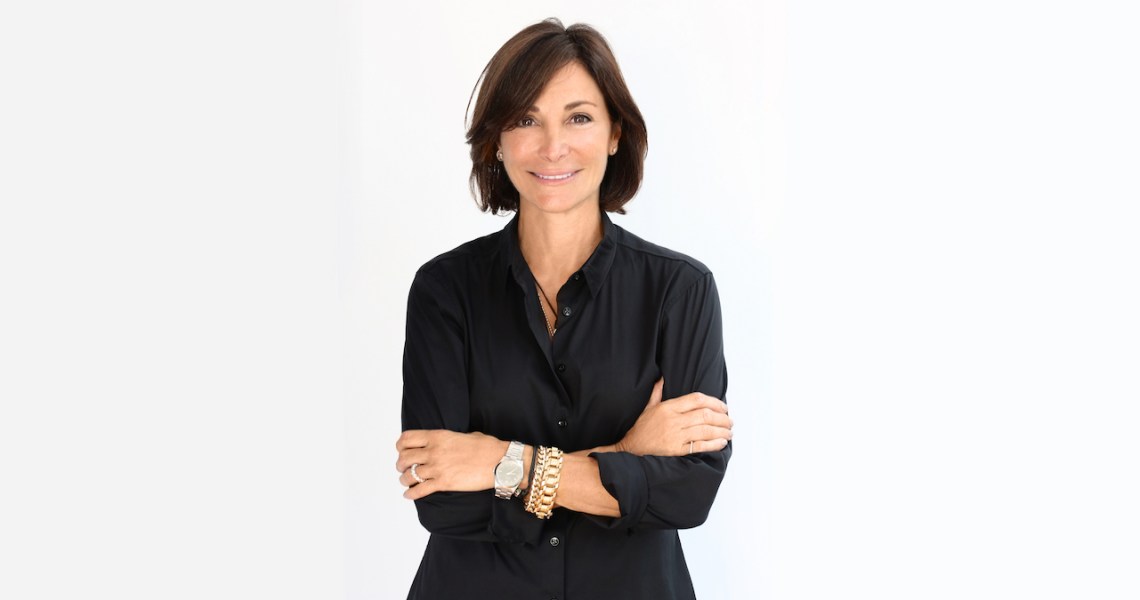As the co-founder and CEO of public relations firm HL Group, Lynn Tesoro has worked with a variety of fashion, beauty and lifestyle brands, including Beautyblender, Diptyque and Marchesa. Business as usual has changed dramatically in the last 19 years, as corporate positioning and marketing and media strategies have become more important to these categories and brands. Managing social media influencer partnerships and pop-ups have become an integral part of HL Group’s updated offerings, as have data and analytical results.
Tesoro talked with Glossy about where she is seeing change in the fashion, beauty and lifestyle industries.
How have you seen the fashion and beauty sectors change with the rise of influencers?
We have always worked with influencers and celebrities, but we now have a director of influencer marketing that we brought in, in 2018, and I think the difference is that influencers are no longer an addition to a strategy or thrown into the mix of social and traditional media, but much more planned, targeted and strategic. I think anyone that is not working that way will find it hard to operate.
I have had two clients who are talking about shifting to influencers — not abandoning media relations but shifting more into the influencer conversation. Influencer posts are the new editorial and, in some ways, the new advertising channel. If you have the right influencers, you have more circulation than most magazines. I still believe in retail and still believe in magazines, but I think there is an integrated approach.
Do you think the influencer economy itself is changing? More brands seem to be gravitating to micro-influencers.
You have to look at the other end of the spectrum because mega-influencers have gotten so big. You have to ask if they are overpowering the brand, even though they are endorsing it. It all depends on how it looks. We are seeing some clients want that big number and those big people, but all the others are looking for the micro-influencer. They’re more interesting [right now], because the approach is more targeted to a specific regional area.
How have you seen retail change?
Pop-ups were once a stunt, but now they are a strategy. We did a beauty bodega for Beautyblender: We took a vacant bodega in Nolita [in New York City,] and we brought in paid and unpaid influencers, press and the founder [Rea Ann Silva]. We covered the place in pink. Every media outlet and social channel was blowing up about this. (There were over 600 social media posts.) Beautyblender felt that, because there are so many imitators of the brand out there, it was a chance to say, “This is who we are,” and stake its claim.
Do you think there is a pop-up bubble?
No. I think pop-ups give brands that cannot afford a permanent storefront the opportunity to give consumers a brand experience. I think [physical retail] is where brand loyalty starts, when you feel connected to something you are experiencing.
Ad position: web_incontent_pos1
Have you seen an impact of streetwear in your business?
While it doesn’t have day-to-day impact, it is surely a big part of many conversations. Brands at every level are looking to learn from streetwear brands and, in many cases, collaborate with them. Streetwear has put the words “collaboration,” “special-edition” and “drop” in every CEO and marketing executive’s vocabulary. When we worked with Toms [between 2006 and 2017], we seeded product to what we called “opinion-informers,” not “influencers,” and then we also did collaborations with them [they included Keith Haring] and with other brands [like Jonathan Adler]. But collaborations back then were about like-minded brands. Streetwear now is about the skateboarder brand coming together with LVMH; it’s about weird and irreverent partnerships. As a marketer, you can not help but be affected in some way, shape or form.
The concept [of collaborations] itself is not new — think of what Marc Jacobs did with Murakami for Louis Vuitton [in 2003] — but it has so much more impact because of the social channels and how they’re being shared. It is more democratic. Before, the fashion world was more insular, but now everyone is in on it.
How has the PR industry itself changed?
Measurement. Forget about news being instantaneous, and you cannot really control your message. You can measure everything. We are investing more [at HL Group] in tools to measure our PR efforts and impact, and to see the return on investment for the client. We look at everything holistically: earned to paid media placements, coverage sentiment, social media engagement, follower growth, ROI around a specific activation. Specifically, in the digital space, many clients leverage our expert Influencer team to measure the results of paid partnerships and content creation programs. They are asking for that, too, because they are spending a lot of money, so we have to justify what we are doing and how it is adding value to the client.




